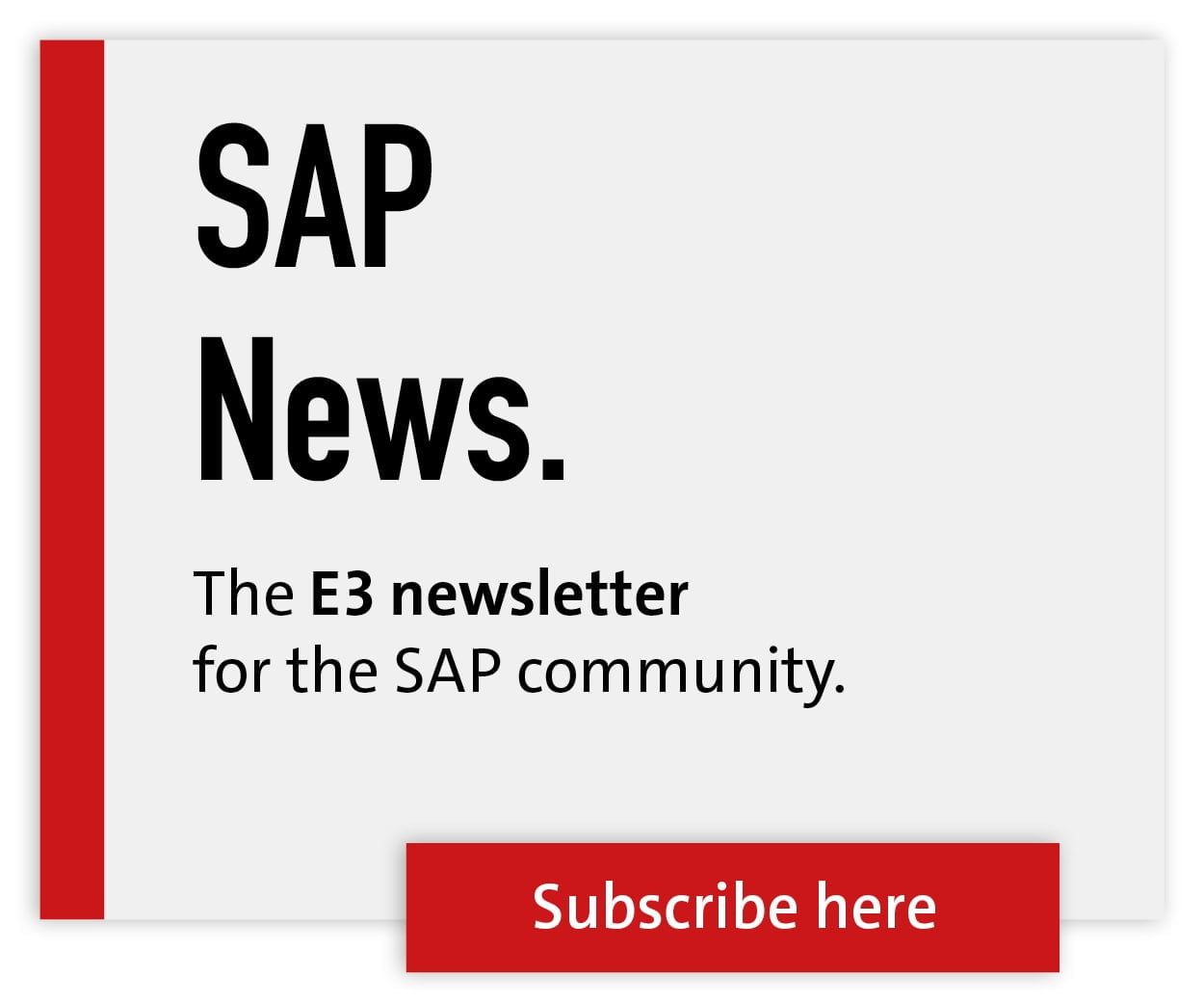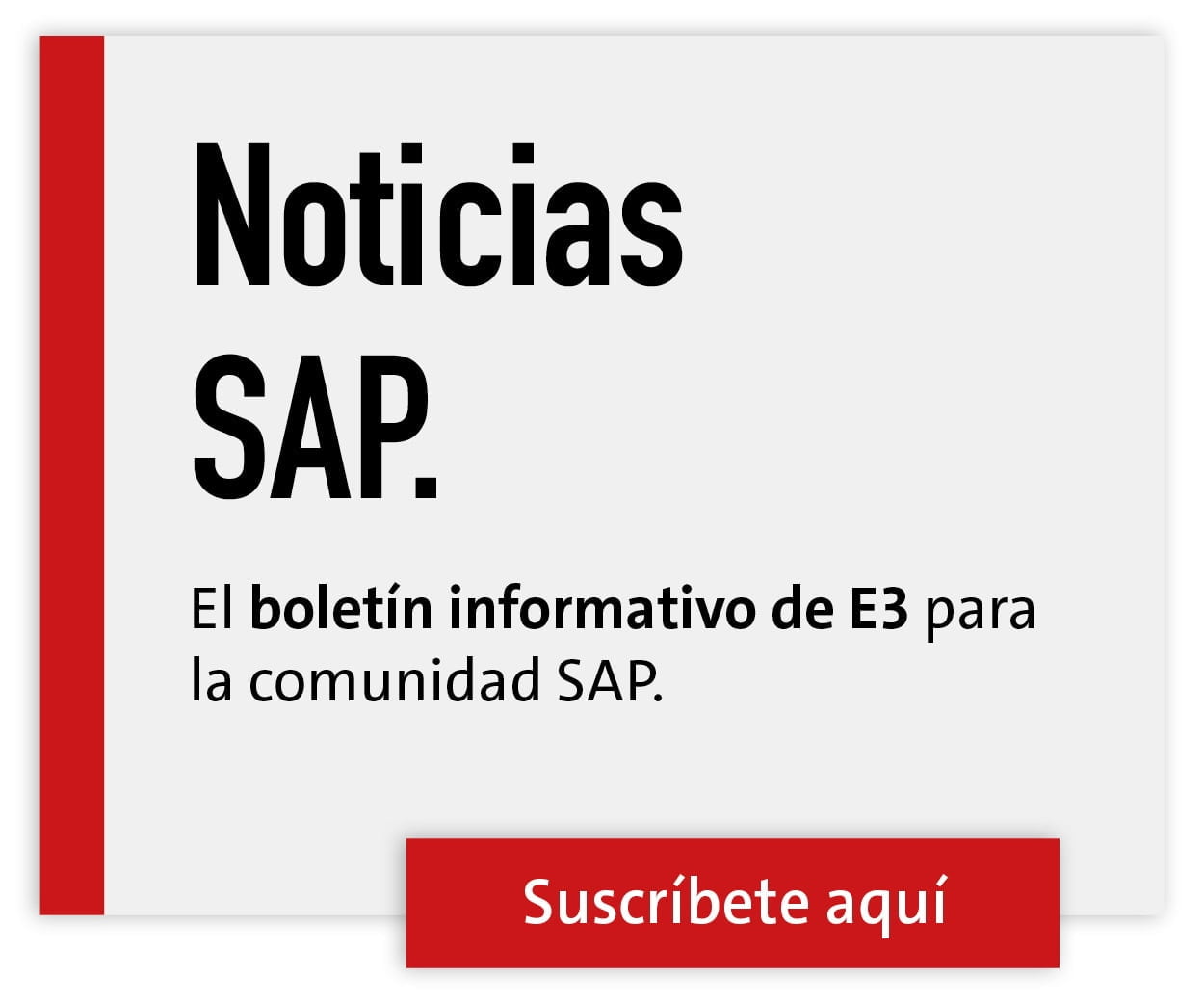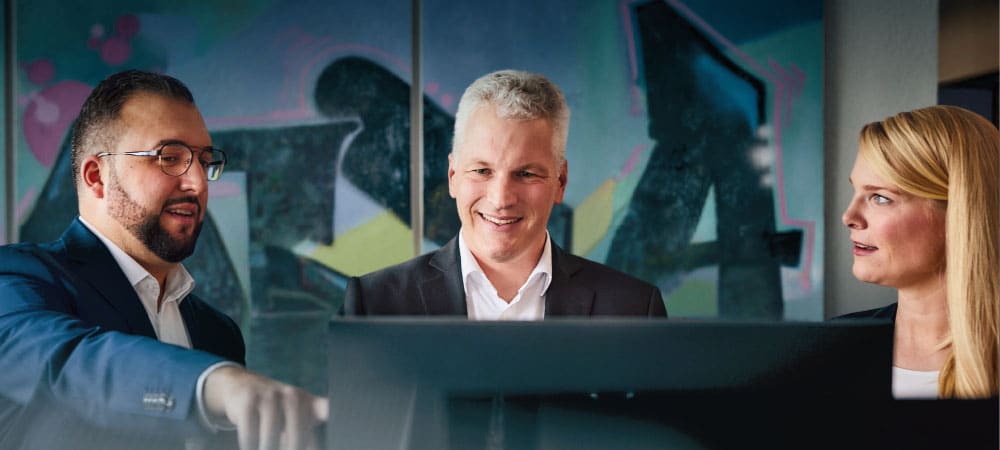Process-oriented information management
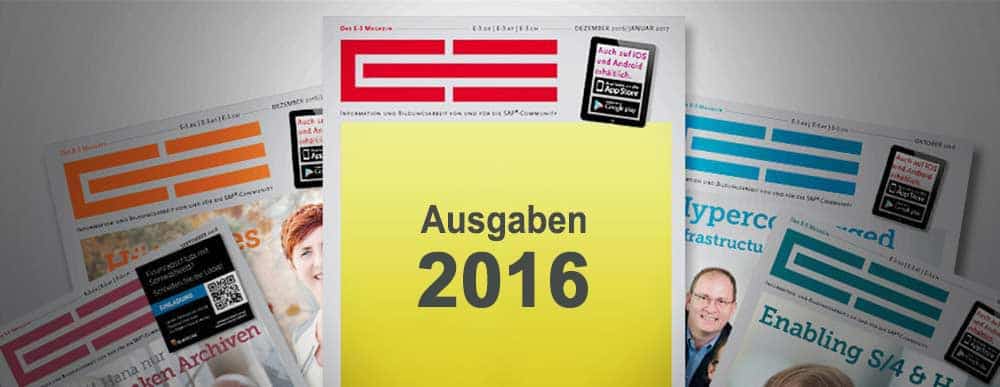
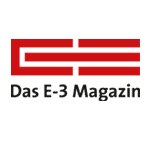
Mr. Illing, a year ago in the OpenText keynote speech, you said that we were at the beginning of a digital transformation. Now you think that we are already in the middle of it. What has changed in this one year?
Roger Illing: A year ago, even the term digitalization or digital transformation was not yet very widespread. The discussion about the pros and cons of the cloud still prevailed, and companies in German-speaking countries were rather skeptical about it.
Just twelve months later, this has changed fundamentally. The topic of digitalization has become an integral part of management vocabulary. What's more, there has been a fundamental shift in awareness. Those who do not digitize, and do so quickly, will soon be forced out of the market.
Where do the challenges of digital transformation lie - in terms of organization, business management and technology?
Illing: The biggest challenge for companies is certainly the development of a digital business model. After all, digitalization is not an end in itself. And yet they have to start with the digital transformation before the answer to the question of the future business model is available.
Analog companies simply cannot develop a digital business model. They must now lay the technical foundations for their own digitalization. In doing so, they must choose an approach that enables an economically affordable path into the digital world.
In very few cases is a radical changeover likely to make sense. After all, companies need to take their employees and partners with them on this journey. This is because the proximity of manufacturers to end customers will increase and the degree of automation will rise.
It is therefore important to open up opportunities for employees and partners so that they can make the new era their own success.
What is OpenText's contribution to digital transformation?
Illing: The digital company is information- and process-driven. Process-oriented information management including content analytics is our core competence. We know how processes along the value chain can be digitized and optimized within and across companies.
We seamlessly connect the world of data and information. We provide the infrastructure for digital companies and help with the transformation, passing on our experience in digitalization workshops.
SAP is also trying to advance digitalization, for example with mobile, cloud and in-memory. Where do you work together with SAP? Where do you complement each other?
Illing: Not all business processes and not all of their parts are fully covered by SAP. Essentially, we connect the SAP world with the world of unstructured information and non-SAP processes.
On the one hand, we do this via products and solutions that are on the SAP price list and are sold by SAP. Secondly, we offer solutions for non-SAP environments, for infrastructure, integration and business process management.
Wherever content meets SAP, we are there to help - whether in mobile scenarios, in the cloud or with in-memory computing. We fully support the SAP strategy. What's more, more and more of our solutions are available on Hana.
In March, you will be opening the OpenText Innovation Tour and will be focusing on the cloud, why?
Illing: The cloud is the prerequisite for digitalization. Cross-company value and supply chains in digitalized form that reach all the way to the end consumer can only be implemented with the help of the cloud. Point.
How do you explain the different levels of cloud acceptance in the USA and Europe?
Illing: I see three main reasons: Differences in mentality, legislation and scarcity. US companies and consumers are more open to technical innovations.
They see the opportunities first, rather than the risks, and are much more willing to make radical changes. Both their attitude to privacy and the legislation governing it are different. This not only stimulates the imagination for new business models based on the analysis of customer data, but also encourages their implementation, as the legal hurdles are much lower.
Central Europe is the region of engineers. All large companies have well-staffed and highly competent IT organizations. In the USA, good IT people go to Silicon Valley to join the start-ups and technology icons. This alone puts much more pressure on cloud outsourcing.
What could be a recommendation to existing European SAP customers on cloud strategy? What offer do you have for SAP users on the Innovation Tour?
Illing: Start now, but don't get carried away. The future will be hybrid anyway, there is no such thing as an all-cloud-or-nothing solution. We pave the way for you with our offer. For your silverware, we support you with solutions that can be implemented either on-premise or in a private cloud in one of our globally distributed data centers. We can also help with Hana.
Legally compliant archiving of legacy data and decommissioning of legacy systems reduces costs and frees up funds for investment in innovation. We help you to integrate cross-company supply chains. We manage and automate the exchange of information that takes place within them.
We help you to save investment costs with our cloud solutions and make operating costs predictable and calculable. Our experts ensure the necessary security. In addition, as a Canadian company, we are not subject to the US Freedom Act.
Finally, we use content analytics to support you in finding and unearthing the treasures that lie within your company information.
You talk about a digital transformation economy. What do you mean by that?
Illing: Companies have to feel their way into the digital world through trial and error. The more digital they are, the more opportunities they have in terms of digital business models. Not all ideas will bear fruit, but digital companies are so flexible that they can correct mistakes and try out new things almost immediately.
Gartner analysts were already talking about a digital tsunami three years ago. Where is the economy today?
Illing: The image of the tsunami fits perfectly. The wave is practically invisible on the open sea. It only builds up into a wall a few meters from the shore.
I think our economy is just at the point where the wave meets the shallow water. So it's just starting to pile up. If you start running now, you can just about escape its destructive power.
We are currently experiencing a peak phase of digital innovation. But SAP is also realizing that in many cases: solution seeks problem. Is the digital transformation overrated? Do users of SAP and OpenText software really need a real-time enterprise, Hana and the cloud?
Illing: As the saying goes? Hunger comes with eating. Once a company is able to make direct contact with the end consumer via its products in stores, it wants to find out as much as possible about him or her.
Data collection therefore begins at the point of sale and continues throughout the entire life cycle of the product. This generates enormous amounts of data that need to be evaluated and assigned in real time.
Imagine a customer comes into the store the day after a purchase and makes a complaint. Then you need to be able to give the retailer immediate access to all relevant information about the transaction from the previous day, including, for example, a photo showing the product in detail at the time of purchase. Again, this exchange of information is only possible via the cloud.
Finally, what advice can you give an existing SAP customer for 2016?
Illing: Cloud technologies and infrastructures are ready for digitalization. Our offering is ready for this new era. What is technically possible now pays off. Existing SAP customers should seize this opportunity and start their own digital transformation immediately.
